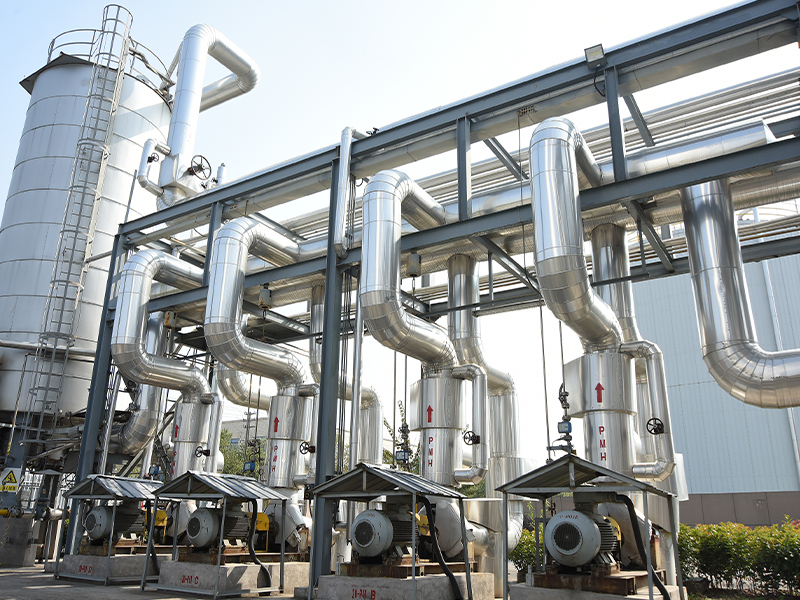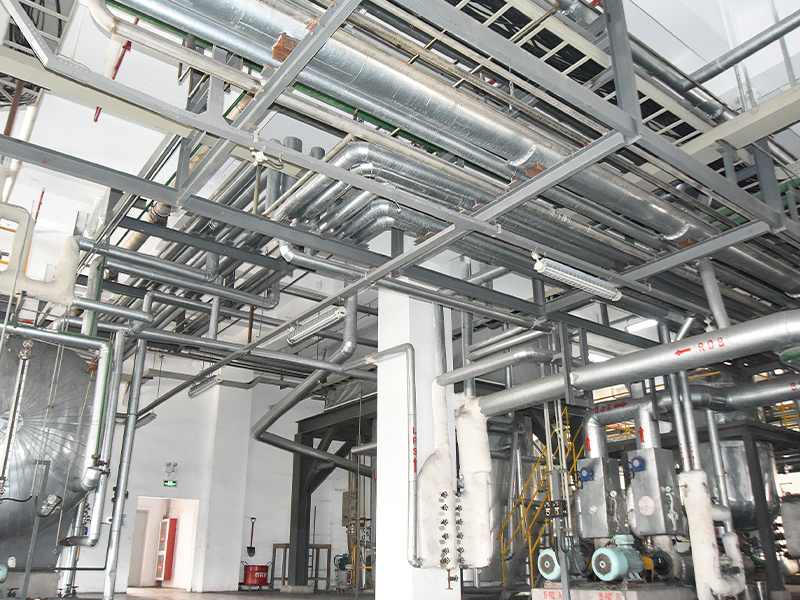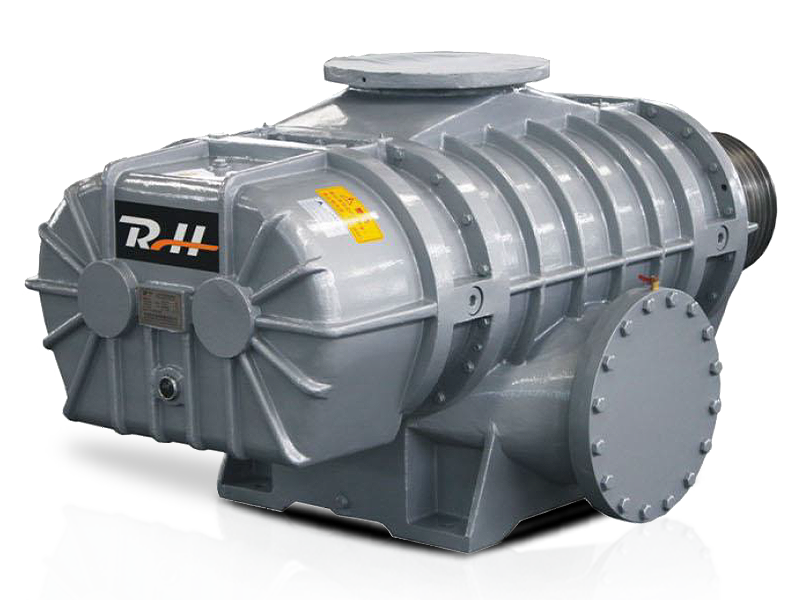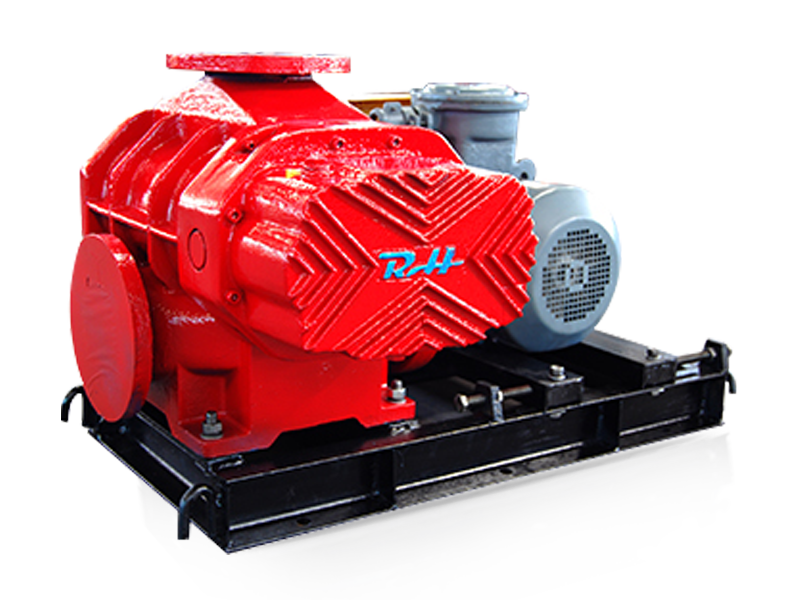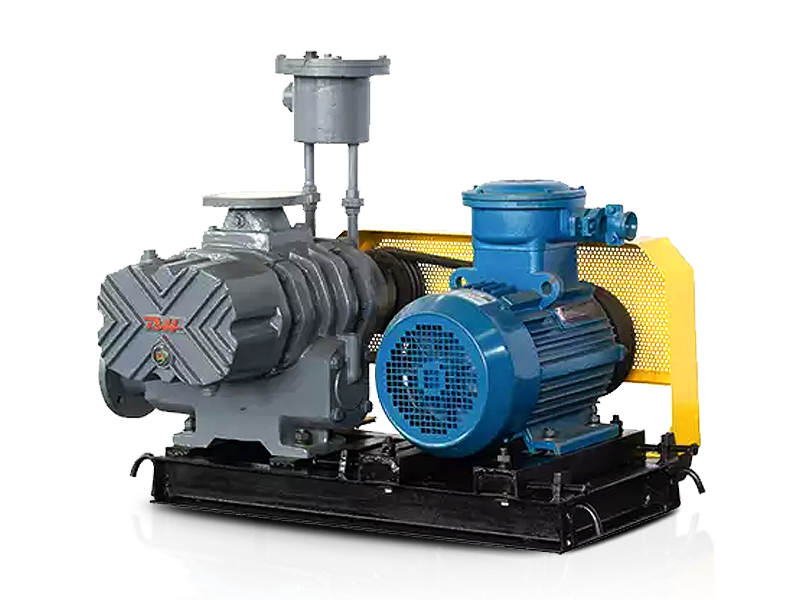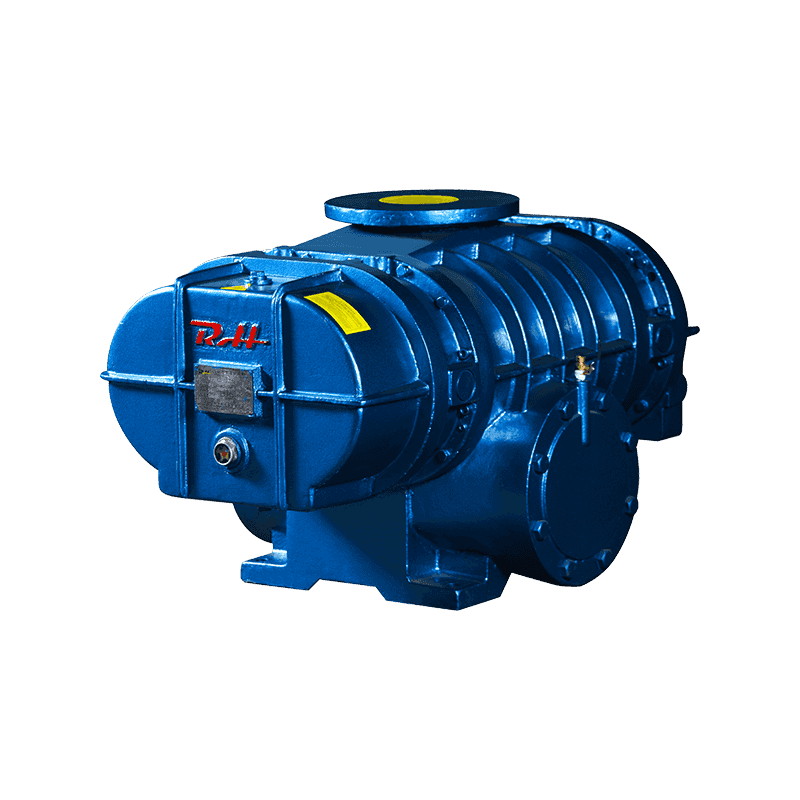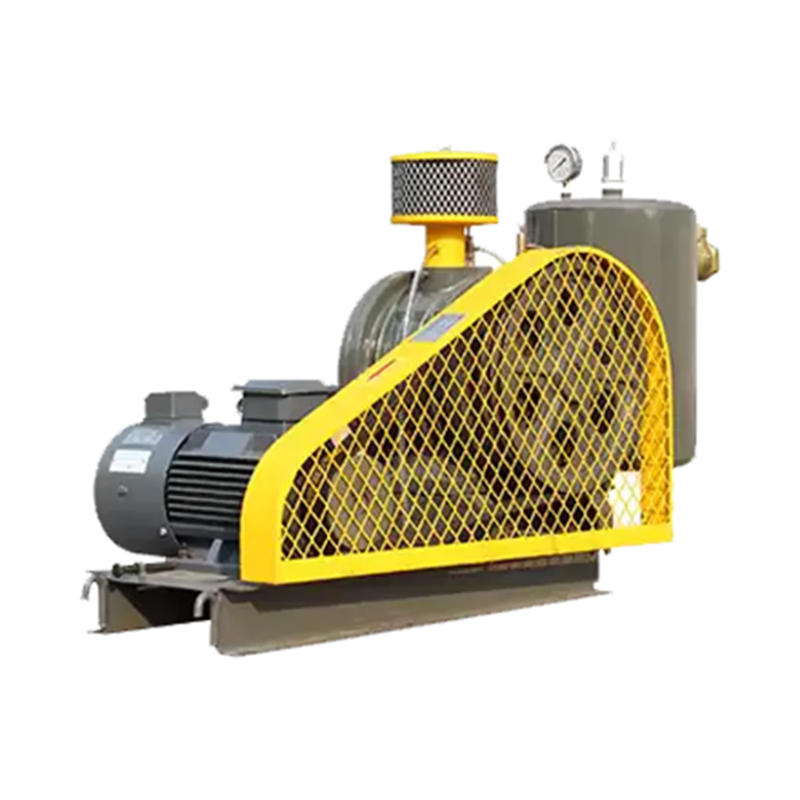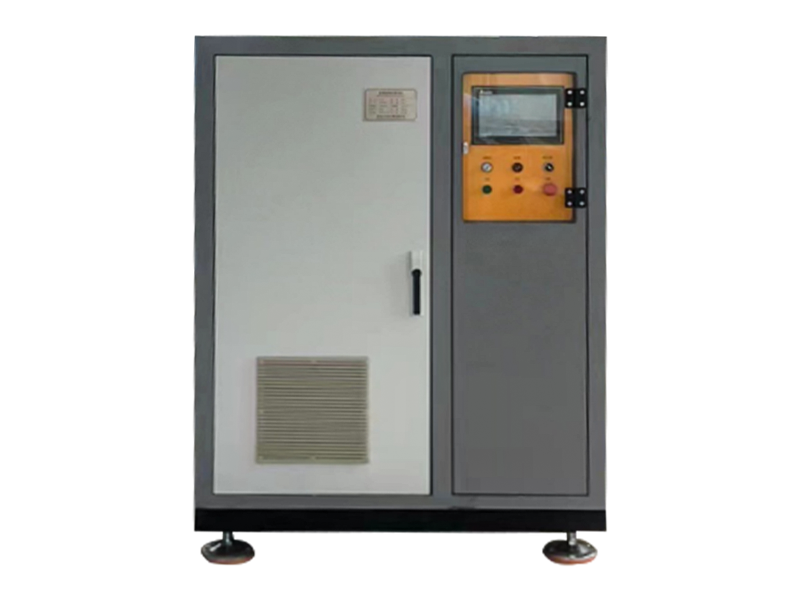Aquaculture has emerged as one of the fastest growing sectors in food production. As global demand for fish and seafood increases, the industry relies on technology to maintain healthy and sustainable cultivation environments. One of the most critical factors for success in aquaculture is ensuring that water contains sufficient dissolved oxygen. Without proper oxygen levels, fish and other aquatic organisms cannot survive or grow efficiently. Among the equipment used to maintain oxygen balance, root blowers have gained recognition as a dependable and effective solution.
The Importance of Aeration in Aquaculture
Fish and other aquatic species depend on dissolved oxygen for respiration, just as land animals rely on air. In natural environments, oxygen is replenished through surface diffusion, water movement, and photosynthesis by aquatic plants. In aquaculture settings, especially intensive production systems, natural replenishment is not sufficient to sustain healthy oxygen levels.
Inadequate oxygen can lead to stress, reduced growth rates, poor feed conversion, and increased susceptibility to disease. In extreme cases, oxygen depletion can cause mass mortality events, resulting in economic losses. To avoid these risks, aquaculture operations must introduce mechanical aeration systems to keep water oxygenated at all times.
Aeration also plays a role beyond supplying oxygen. It helps regulate water temperature, prevents harmful gas buildup such as carbon dioxide and ammonia, and maintains water circulation. Proper aeration therefore supports not only fish health but also the overall stability of the aquatic ecosystem within ponds, tanks, or recirculating systems.
How Root Blowers Work
Root blowers, sometimes referred to as positive displacement blowers, operate on a simple principle. They consist of two rotors with lobes that rotate in opposite directions within a casing. As the rotors turn, air is trapped in the cavities between the lobes and the casing. This trapped air is then moved from the intake side to the discharge side. The process is continuous, delivering a steady flow of air without pulsation.
Unlike compressors that generate high pressures, root blowers provide large volumes of air at relatively low pressures. This characteristic makes them particularly well suited for aeration in aquaculture, where continuous and reliable oxygen transfer into water is more important than producing high-pressure air.
Applications of Root Blowers in Aquaculture
Root blowers find use in various aquaculture systems, each with distinct requirements.
Pond Aeration
Large earthen ponds require a constant supply of oxygen to support fish or shrimp populations. Root blowers are often connected to diffusers placed at the bottom of ponds, which distribute fine bubbles across wide areas. This helps maintain uniform oxygen levels and prevents localized oxygen depletion.
Tank Systems
In land-based tank systems or hatcheries, precise control of oxygen is essential to ensure the survival of larvae or juvenile fish. Root blowers can provide consistent aeration through air stones, diffusers, or microporous membranes. The continuous bubble stream ensures even distribution of oxygen throughout the tank.
Recirculating Aquaculture Systems (RAS)
RAS facilities, which recycle water through filtration and treatment units, demand dependable aeration to maintain high water quality. Root blowers are used to supply oxygen during biofiltration, where beneficial bacteria break down harmful waste. Without adequate oxygen from blowers, the nitrification process in biofilters would be ineffective, leading to accumulation of toxic substances.
Emergency Oxygen Supply
During unexpected events such as high stocking density, sudden weather changes, or algal die-offs, oxygen demand can spike rapidly. Root blowers serve as a reliable emergency aeration source to stabilize oxygen levels and prevent fish stress or mortality.
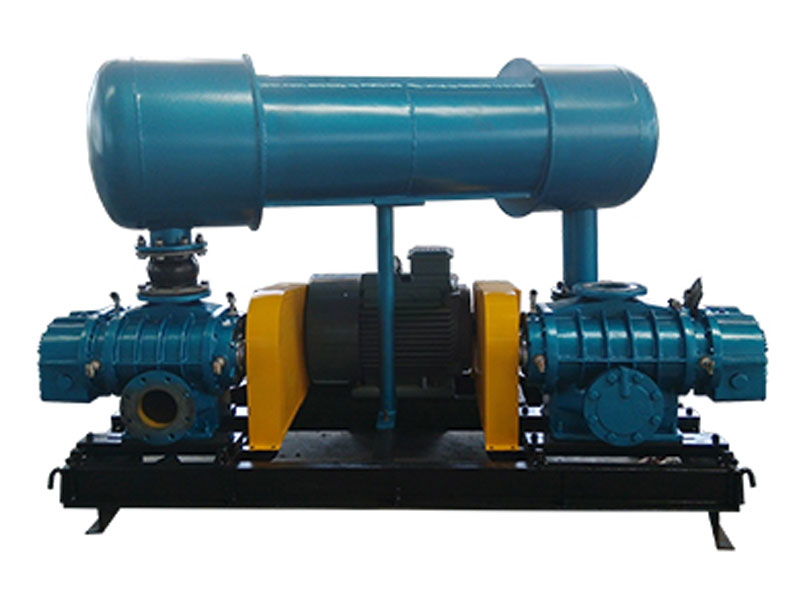
Benefits of Using Root Blowers in Aquaculture
Root blowers offer several practical advantages that explain their popularity in aquaculture aeration systems.
Steady and Continuous Airflow
One of the most valuable features of root blowers is their ability to deliver constant airflow without fluctuation. Stable oxygen supply is vital for aquaculture, where oxygen levels can quickly drop and threaten fish health.
High Volume Capability
Root blowers are designed to move large volumes of air, making them suitable for systems ranging from small tanks to extensive ponds. Their scalability allows operators to select blower sizes that match the specific oxygen demands of their facilities.
Simplicity of Operation
The mechanical design of root blowers is straightforward. With only a few moving parts and no internal compression, they are relatively easy to operate and monitor. This simplicity contributes to reliability and reduces the chances of unexpected breakdowns.
Durability and Longevity
Root blowers are known for their robust construction. When properly maintained, they can operate for many years, delivering consistent performance under demanding aquaculture conditions.
Versatility
Beyond oxygenation, root blowers can also support auxiliary processes in aquaculture. For instance, they can supply air to wastewater treatment units associated with aquaculture farms or aid in water agitation and circulation.
Practical Considerations for Using Root Blowers
While root blowers provide many benefits, operators must consider several factors to maximize their efficiency and service life.
Correct Sizing
Choosing the right blower capacity is critical. Undersized units may fail to meet oxygen demands, while oversized units may consume unnecessary energy. Calculating oxygen requirements based on fish biomass, water volume, and system type helps ensure proper sizing.
Installation and Placement
Root blowers should be installed on stable surfaces with adequate ventilation. Proper placement reduces noise, vibration, and overheating. They should also be positioned to allow easy access for maintenance.
Energy Efficiency
Although root blowers are dependable, they can consume significant amounts of electricity if operated continuously. Integrating them with timers, dissolved oxygen monitoring systems, or variable frequency drives can improve energy efficiency without compromising oxygen supply.
Maintenance Practices
Regular maintenance ensures long service life. This includes checking and changing lubricating oil, inspecting belts, and monitoring for unusual vibrations or noise. Preventive maintenance schedules reduce the risk of sudden breakdowns during critical periods.
Noise Management
Root blowers can generate noise during operation. To minimize disturbances, facilities can install silencers, acoustic enclosures, or position the blower away from sensitive areas.
Comparing Root Blowers with Alternative Aeration Technologies
Aquaculture operations have access to different aeration methods, including paddlewheels, aspirators, and diffused air systems powered by compressors. Each method has its strengths, but root blowers are often preferred for their reliability, scalability, and ability to deliver steady airflow at low pressure.
For example, paddlewheels are effective in shallow ponds but less suitable for deep water. Compressors can deliver high-pressure air but may not be as energy efficient when supplying large volumes at low pressure. Root blowers bridge this gap by offering consistent, high-volume air delivery tailored to aquaculture needs.
The Role of Root Blowers in Sustainable Aquaculture
As aquaculture expands to meet global food security demands, sustainability has become a central concern. Energy use, water quality management, and animal welfare are key factors shaping the industry. Root blowers contribute to sustainability by supporting efficient oxygen transfer, reducing fish mortality, and enabling higher stocking densities without compromising water quality.
In systems such as RAS, where water is reused multiple times, root blowers ensure that biological filtration processes function effectively. This minimizes water waste and reduces the environmental footprint of aquaculture operations.
Conclusion
Aeration is the lifeline of aquaculture, and root blowers have proven to be a dependable technology for ensuring adequate oxygen supply. Their ability to deliver continuous, high-volume airflow makes them suitable for ponds, tanks, and recirculating systems. With proper sizing, installation, and maintenance, root blowers can provide long-term service while supporting healthy aquatic environments.
As the aquaculture industry continues to expand and adopt more advanced production methods, root blowers will remain a vital component in achieving efficiency, sustainability, and resilience. By enhancing aeration, they not only protect fish health but also secure the productivity and profitability of aquaculture systems worldwide.


 русский
русский Español
Español عربى
عربى